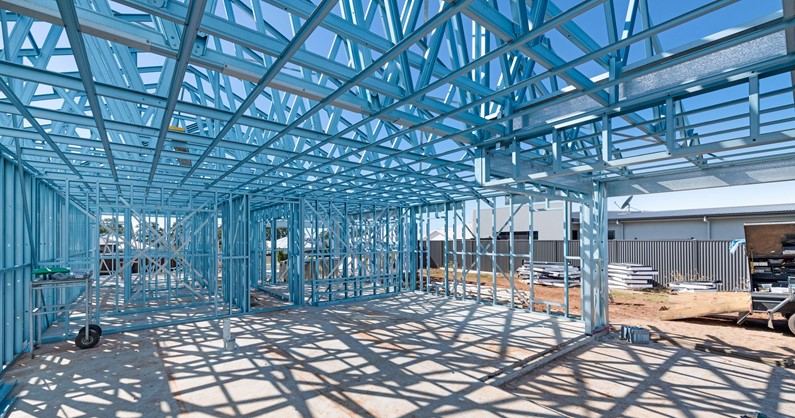Is Light Gauge Steel a Viable Alternative to Wood and Concrete?

In the world of construction, innovation and new technologies are constantly shaping the way we build. One such innovation that has gained significant attention in recent years is light gauge steel (LGS). Traditionally, wood and concrete have been the go-to materials for construction, but LGS has emerged as a promising alternative. In this blog, we will explore the viability of using light gauge steel as a substitute for wood and concrete, examining its benefits, drawbacks, and overall suitability for various construction applications.
Understanding Light Gauge Steel
Light gauge steel is made from thin sheets of galvanized steel, which are cold formed into various structural components such as studs, joists, and trusses. These components are then assembled on-site to create the framework for buildings. The use of LGS offers several advantages over traditional materials like wood and concrete.
Strength and Durability
One of the primary reasons why light gauge steel is gaining popularity is its exceptional strength and durability. Unlike wood, LGS is not susceptible to rot, termites, or mold. It is also non-combustible, making it a safer option in terms of fire resistance. Additionally, steel has a high strength-to-weight ratio, allowing for greater design flexibility while maintaining structural integrity.
Cost- Effectiveness
While light gauge steel may have a higher upfront cost compared to wood, it offers long-term cost savings. Steel is less susceptible to damage from weather conditions and pests, reducing the need for frequent repairs and maintenance. Moreover, the lightweight nature of LGS reduces transportation costs and speed up construction time, resulting in overall cost efficiency.
Sustainability
Concerns about the environment and sustainability have prompted the construction industry to seek greener alternatives. LGS is considered a sustainable choice as it can be recycled and reused. Steel is one of the most recycled materials globally, making it an eco-friendly option. Furthermore, the use of LGS reduces deforestation, a common consequence of wood-based construction.
Design Versatility
Light gauge steel offers great design versatility due to its inherent strength and dimensional stability. It allows for open floor plans, longer spans, and taller buildings, providing architects and designers with more flexibility in their creative process. This adaptability makes LGS and attractive choice for both residential and commercial construction.
Challenges and Limitations
Despite its numerous advantages, light gauge steel does have some limitations. For instance, steel conducts heat and cold more efficiently than wood, requiring additional insulation to maintain optima thermal comfort. Moreover, the initial skill set, and equipment needed for LGS construction may be different from traditional methods, requiring some adjustment and training for workers.
Conclusion
As we explore alternative materials for construction, light gauge steel has emerged as a viable substitute to wood and concrete. Its strength, durability, cost-effectiveness, sustainability, and design versatility make it an attractive option for various construction projects. However, it is essential to consider the specific requirements and limitations of each project before choosing LGS as the primary construction material. With ongoing advancements and improvements in technology, light gauge steel continues to evolve and may become even more prominent in the construction industry in the years to come.

